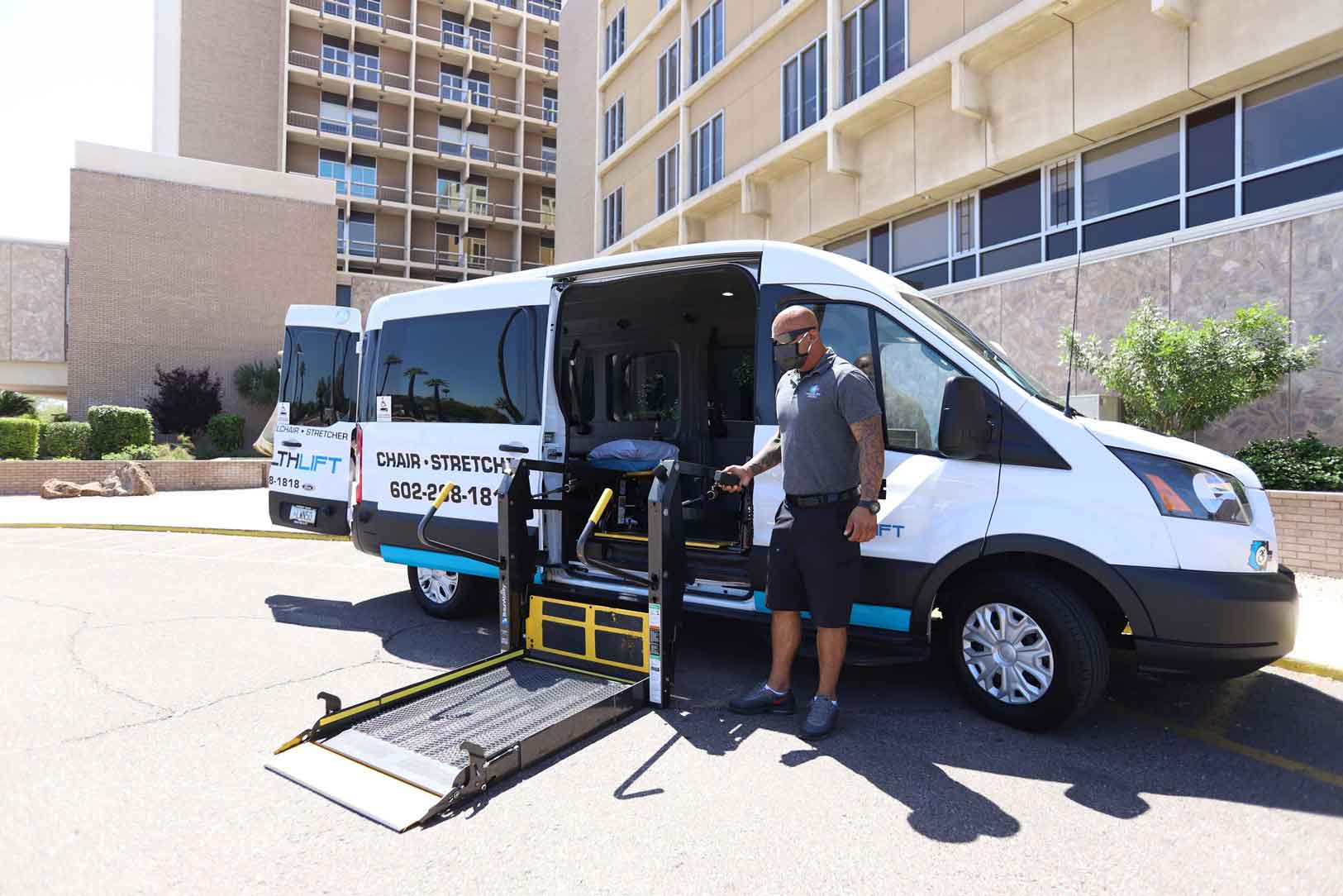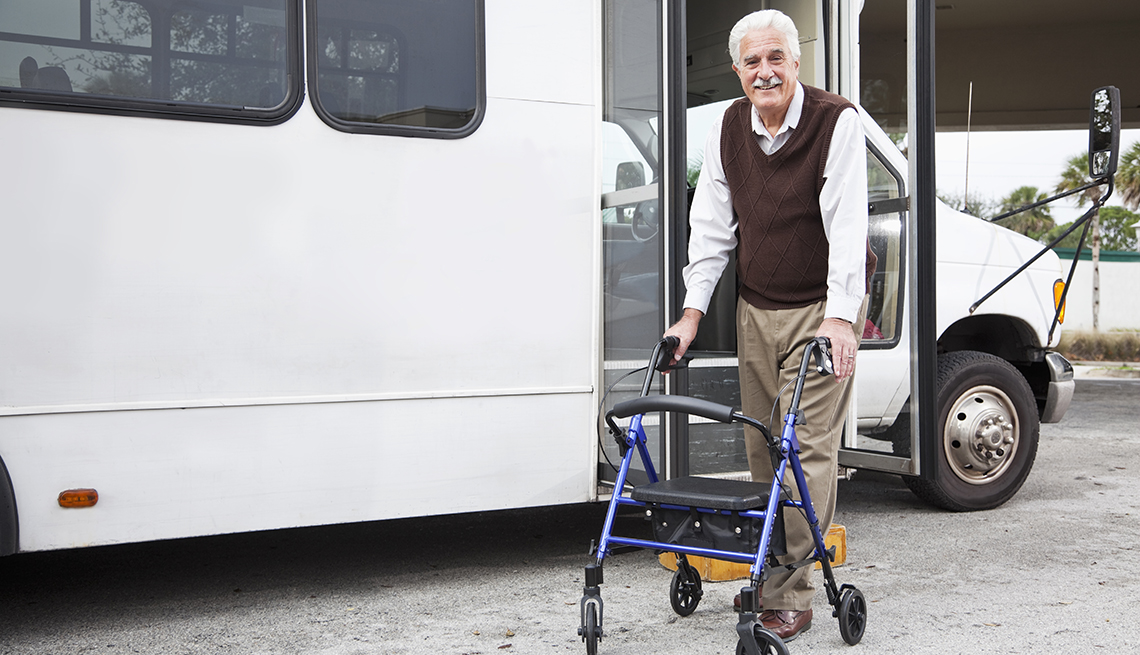Situate Trusted Medical Transportation Services Near Me for Comfort
Situate Trusted Medical Transportation Services Near Me for Comfort
Blog Article
Easily Accessible and Affordable Medical Transportation Options for Seamless Health Support
In the world of healthcare, the access and cost of clinical transportation are paramount in making certain individuals can access the treatment they need when they need it. The ability to flawlessly browse transportation alternatives can considerably affect a person's capability to get prompt medical focus, follow-up treatment, and total wellness. From non-emergency medical transportation solutions to cutting-edge services like telehealth, the landscape of clinical transportation is evolving to meet the diverse requirements of people. Taking into consideration the significance of this element in health care distribution, discovering the array of choices offered comes to be essential for addressing spaces in access and cost.
Non-Emergency Medical Transport Services

These services are staffed by experienced specialists who prioritize patient convenience and security throughout transportation. Vehicle drivers are equipped to deal with people with differing medical needs and guarantee that all trips are hassle-free and smooth - Medical Transportation Services Near Me. In addition, non-emergency clinical transport services commonly utilize specialized vehicles that are wheelchair-accessible, making them ideal for a vast array of people with various wheelchair needs
Volunteer Driver Programs
Volunteer chauffeur programs contribute in giving transport aid for individuals seeking non-urgent clinical care. These programs rely on the generosity of volunteers who donate their time and lorries to assist transport patients to and from clinical visits. By utilizing volunteer motorists, organizations can offer a cost-efficient solution for individuals that might not have accessibility to trusted transportation.
One of the vital advantages of volunteer motorist programs is the customized care and attention that individuals obtain. Unlike conventional transportation solutions, volunteer vehicle drivers usually establish a rapport with the people they assist, developing a helpful and thoughtful atmosphere during what can be a demanding time. In addition, volunteer driver programs can aid bridge the space for individuals residing in underserved or rural areas where public transport alternatives may be limited.
Mass Transit Options

One of the key benefits of mass transit is its prevalent availability in metropolitan and country locations alike. This substantial network permits clients from varied backgrounds to take a trip to medical consultations with loved one ease. Furthermore, public transport systems are often outfitted to suit people with impairments, providing easily accessible traveling alternatives for those with explanation wheelchair difficulties.

Ride-Sharing and Transport Network Firms
The development of modern-day transport options for medical purposes prolongs beyond standard public systems like trains and buses to incorporate the cutting-edge world of ride-sharing and transportation network companies. Ride-sharing solutions such as Uber and Lyft have actually revolutionized the method individuals take a trip to clinical visits, using comfort and adaptability to patients that may not have access to their vehicles or conventional public transport. These systems permit users to request a trip with the touch of a button on their smart devices, offering door-to-door service that can be especially beneficial for individuals with flexibility obstacles or those requiring assistance.
Transportation network business (TNCs) have actually also played a considerable function in connecting the void in clinical transportation solutions. Companies like Veyo and RoundTrip focus on non-emergency clinical transport, dealing with clients that require a higher degree useful throughout their trips to clinical facilities. By partnering with medical care providers and insurance companies, TNCs guarantee that people can access timely and reliable transport remedies, eventually adding to improved health and wellness results and client satisfaction.
Telehealth and Online Appointments
Enhancing health care access and ease, telehealth and digital appointments have emerged as crucial elements in modern medical techniques, reinventing the way patients engage with medical care carriers. This technique not just saves time and reduces transportation costs for people however additionally enhances the general efficiency of health care distribution.
Moreover, telehealth plays an important duty in extending clinical solutions to underserved communities, rural locations, and individuals with limited flexibility. By breaking down geographical obstacles and increasing medical care outreach, telehealth advertises early treatment, continuity of treatment, and client engagement. As innovation proceeds to advancement, telehealth is positioned to play a significantly substantial function fit the future of healthcare shipment, promoting improved wellness end results and person contentment.
Final Thought

From non-emergency clinical transport solutions to ingenious options like telehealth, the landscape of medical transportation is evolving to satisfy the varied needs of individuals.Non-Emergency Medical Transport Services facilitate the risk-free and prompt transport of individuals needing non-urgent medical treatment to and from healthcare centers.The development of contemporary transportation options for medical objectives expands beyond typical public systems like trains and buses to include the cutting-edge world of ride-sharing and transport network companies.Transportation network companies (TNCs) have actually also played a substantial role in bridging the void in clinical transport services. Non-Emergency Medical Transport Providers, Volunteer Chauffeur Programs, Public Transportation Options, Ride-Sharing and Transportation Network Firms, and Telehealth and Virtual Consultations all play an essential role in addressing transportation barriers to medical care access.
Report this page